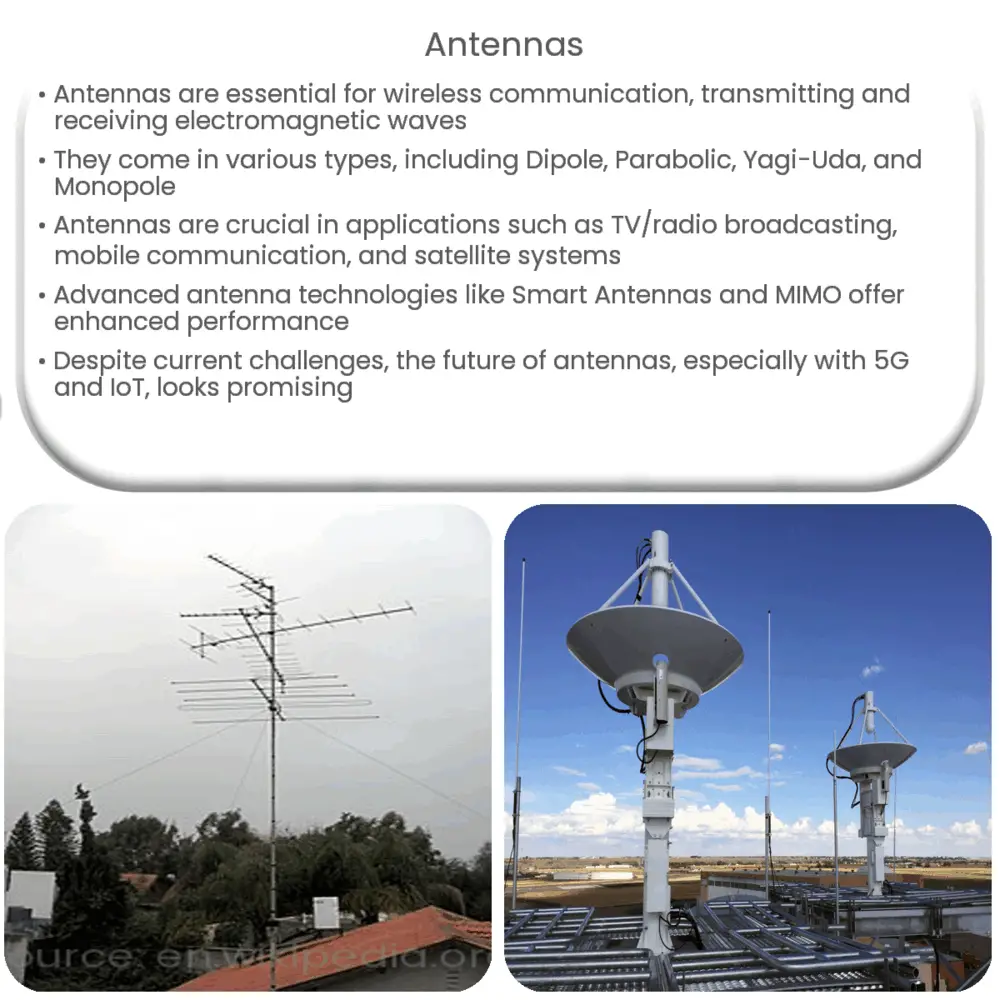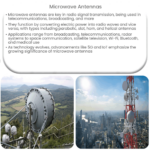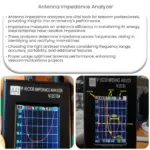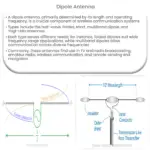Explore the basics of antennas, their types, applications, advanced technologies, and future prospects in our comprehensive guide.

Understanding Antennas: An Essential Tool in Wireless Communication
The world of wireless communication would be impossible without the instrumental role of antennas. They play a pivotal role in the transmission and reception of electromagnetic waves, facilitating the seamless flow of information from one point to another. This first part of the article will delve into understanding the fundamentals of antennas and their diverse applications.
The Basics of Antennas
An antenna is a device designed to transmit or receive electromagnetic waves. In simpler terms, they act as the “ears” and “voice” of a communication system, sending out and picking up signals from the atmosphere. The working principle of an antenna involves the conversion of electric power into radio waves and vice versa.
Types of Antennas
- Dipole Antennas: Often referred to as “rabbit ears” for old TVs, these are the simplest types of antennas. A standard half-wave dipole antenna consists of two metal rods with a signal fed into the gap between them.
- Parabolic Antennas: Commonly seen in satellite dishes and radio telescopes, these antennas use a parabolic reflector, a curved surface with cross-sectional shape of a parabola, to direct the radio waves.
- Yagi-Uda Antennas: Commonly used in television receivers, these antennas contain a series of parallel rods, each serving a specific purpose for transmission or reception.
- Monopole Antennas: A type of radio antenna formed by replacing one half of a dipole antenna with a ground plane.
Applications of Antennas
- 1 Television and Radio Broadcasting: Antennas are a critical component of the broadcasting industry, transmitting TV and radio signals over large distances.
- 2 Mobile Communication: Your mobile devices, such as smartphones, rely on antennas to connect with cellular networks.
- 3 Satellite Communication: Antennas in satellite systems allow communication between the earth and the orbiting satellite.
- 4 Wireless Data Communication: Devices like Wi-Fi routers use antennas to transmit and receive data signals within a network.
Understanding the role and working of antennas is fundamental to grasping the mechanics of modern wireless communication. As we progress, the complexity and efficiency of these devices continue to evolve, pushing the boundaries of what’s possible in wireless technology.
Advanced Antenna Technologies
In the realm of advanced wireless communication, antennas have evolved tremendously. Innovative designs and technology enhancements have birthed a new generation of antennas that provide superior performance and support complex applications.
Smart Antennas
Smart Antennas, also known as adaptive array antennas, adjust their signals to maximize data speed and reduce interference. They are particularly useful in crowded, urban environments where signals from many different sources can cause interference.
MIMO Antennas
Multiple Input Multiple Output (MIMO) technology is a significant advancement in antenna design. It employs multiple antennas at both the transmitter and receiver to improve communication performance. MIMO is an essential component of modern wireless standards like LTE and Wi-Fi.
Phased Array Antennas
Phased array antennas are an array of antennas where the relative phases of the respective signals feeding the antennas are varied in such a way that the effective radiation pattern of the array is reinforced in a desired direction and suppressed in undesired directions.
Challenges and the Future of Antennas
Despite the impressive advancements, challenges persist in antenna design and functionality. Size, power efficiency, bandwidth, and interference issues remain major considerations. The demand for higher data rates and more reliable communication prompts continuous innovation in the field.
With the advent of 5G and IoT (Internet of Things), the future of antennas seems promising. These technologies require advanced antennas that can handle high data rates, multiple devices, and complex network architectures.
Conclusion
In conclusion, antennas form an integral part of our modern, interconnected world. From basic radio broadcasts to complex cellular networks, antennas facilitate the conversion and transmission of electromagnetic waves, enabling seamless wireless communication. As we stand at the threshold of an era dominated by 5G and IoT technologies, the role of advanced antennas in shaping the future of wireless communication cannot be understated. It is certain that as technology continues to progress, we will witness even more innovations and advancements in antenna technology.




